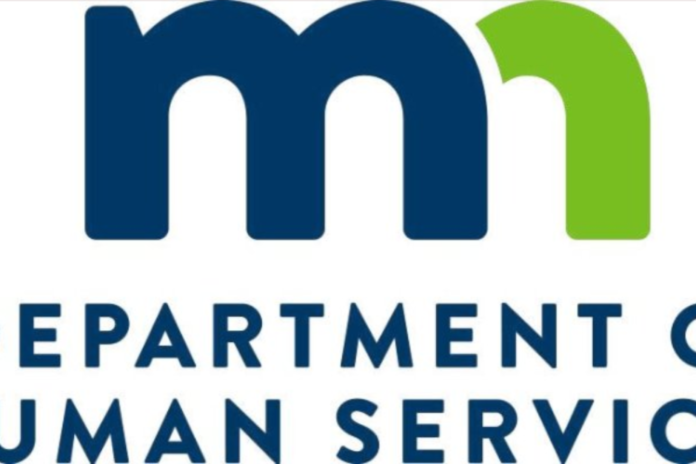We’ve all heard about organizations “too big to fail.” But what about government agencies “too big to function?” That pretty well sums up the situation at the Minnesota Department of Human Services, the biggest state agency by far with 7,300 employees and an $18 billion budget.
The latest fiasco involves another episode of callous disregard for up to nearly $30 million of taxpayer funds paid out because of some 47,000 duplicate accounts, according to the Star Tribune.
The state agency that oversees Minnesota’s Medicaid program disclosed that it incorrectly paid up to $28.9 million over three years to managed care organizations and health care providers for tens of thousands of enrollees with duplicate personal accounts.
The state Department of Human Services (DHS) said the overpayments stemmed from gaps in its electronic system for tracking eligibility and enrollment, which led to the creation of multiple personal identification numbers for more than 47,000 Minnesotans.
American Experiment alerted Minnesotans to the vulnerabilities of DHS’ electronic enrollment system recently in The Masquerade of Good Government in the quarterly Thinking Minnesota magazine.
The biggest IT scandal most Minnesotans have never heard of involves an obscure but vital software system known as the Minnesota Eligibility Technology System (METS). The statewide system enables county human service departments to determine eligibility for the state’s Medical Assistance program (Medicaid), which provides health care and benefits for about 1.1 million Minnesotans.
Since its 2013 debut, officials have openly questioned whether the system should be scrapped due to perpetual performance issues and high maintenance costs. Rather than streamlining the verification process, the slow and cumbersome software created additional work and $30 million annually in additional expense for counties to operate the system.
But the stakes are much higher. METS is on the front line of the state’s effort to verify enrollee eligibility and combat outright fraud. A 2016 legislative audit estimated the cost to taxpayers for ineligible and fraudulent enrollees in state programs could be as high as $271 million. Yet, it’s not clear anyone in state government has been held accountable for a system described by two top county officials in a 2018 Star Tribune op-ed as “broken, inaccurate, unreliable and expensive.” All told, Minnesota has spent $609 million developing and operating the combined MNsure and METS system. Adding insult to injury, Minnesota could have avoided the MNsure fiasco altogether by joining the majority of other states in utilizing the federal insurance portal HealthCare.gov at no cost to taxpayers.
The latest overpayments were disclosed in a report to the Minnesota Legislature. The continuing issues with correcting the system’s problems do not bode well for DHS among key lawmakers.
Sen. Michelle Benson, R-Ham Lake, chairwoman of the Health and Human Services Finance and Policy Committee, said she and other lawmakers began hearing complaints about multiple accounts from managed care organizations about two years ago, and this report validates their concerns.
“There is a risk of fraud whenever you have this kind of lackadaisical approach to tracking,” she said. “It’s also a lot of money at a time when we’re looking for money for school safety, disaster relief and paying back tribes for [Medicaid] overpayments.”
In fact, the number of duplicate accounts in the METS system increased in 2019, up some 5,500 from 2018. DHS/MN.IT face a June 30,2021 deadline for completing the system’s overhaul, but the report notes that at least two items will not be finalized until March 2022.
___________________________________________________


















